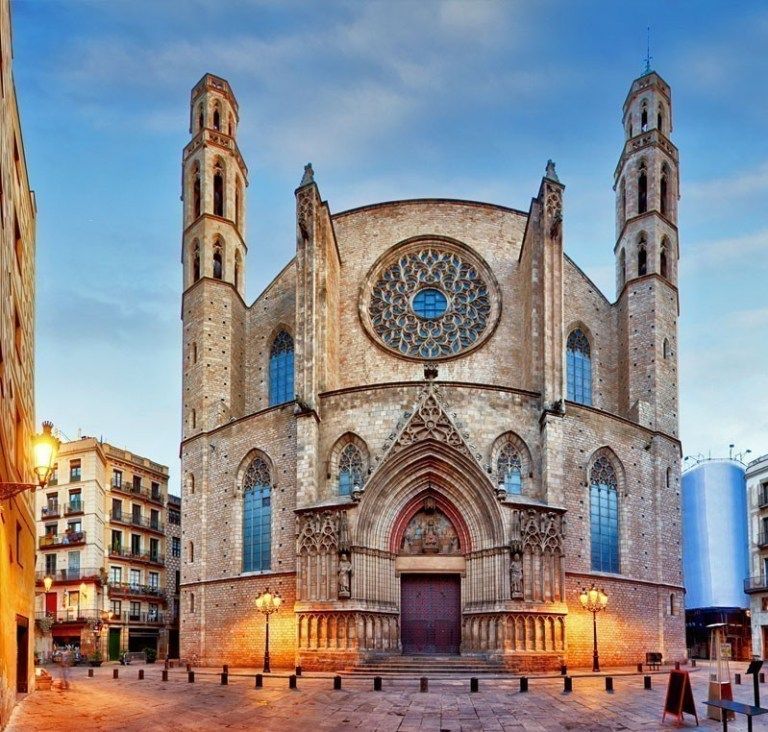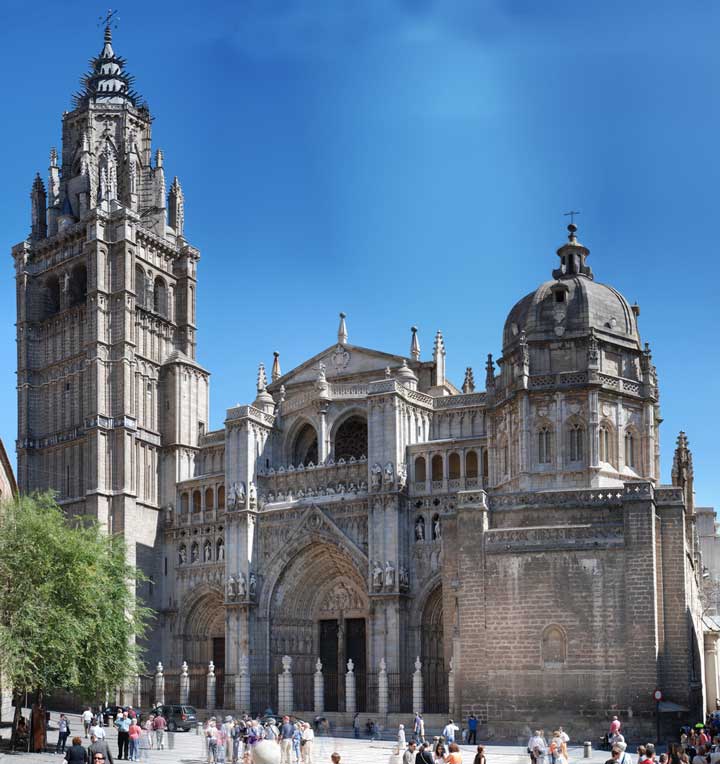Duomo Florence (Cathedral of Florence)
Santa Maria del Fiore Cathedral
Duomo
Complex
Tickets
Florence Cathedral Tour
book
Private
Tour
book
A bit of history of the Duomo Florence Cathedral
The Florence Duomo, also known as Santa Maria del Fiore Cathedral, is located in Duomo Square, its construction began at the end of the 13th century under the design of Arnolfo di Cambio, a famous architect and sculptor who loved the Gothic style.
The cathedral has a main nave and two side aisles plus a rear apse. When di Cambio passed away, the construction of the cathedral was postponed and was resumed in 1334 by Giotto who designed the bell tower. However, the construction was interrupted again in 1337 with his death. The construction of this magnificent project continued with Andrea Pisano and Francesco Talenti finalizing its construction in 1359. The Giottos Campanile is 85 m high and it is possible to climb to the top through its 414 steps from where it is possible to appreciate a wonderful view of Florence.
In the mid of the 14th century, Florentine artists put aside the Gothic style and incorporated the Roman style. The Gothic air of the cathedral was hidden behind the red marble of Siena, the white of Carrara and the green of Prato. The metalsmith Lorenzo Ghiberti and the sculptor Filippo Brunelleschi had the privilege of finishing the Cathedral of Florence
Brunelleschi sculpted the statues for the dome and designed an innovative project to make the Florentine Cathedral the largest of its time. Brunelleschi started with the construction of the project by 1421, the polygonal base had already been completed while the dome was completed 15 years later. The red dome of the cathedral was then the largest in the world, 45 m in diameter and 100 m high and soon became the symbol of Florence.
The facade of the Cathedral was destroyed at the end of the 16th century and Emilio de Fabris redesigned it, made some modifications and incorporated marble in different colors.
What is the Duomo Florence Cathedral today?
The Duomo of Florence, Santa Maria del Fiore Cathedral or Florence Cathedral (in Italian: Duomo di Firenze) is the episcopal seat of the archdiocese of the city of Florence.
This Florentine cathedral is one of the largest churches in Christianity with its 160 m in length, 43 m wide and 90 m in the transverse nave. The interior height of the dome is 100 m. It is also a symbol of the wealth and power of the Tuscan capital during the 13th and 14th centuries. Its name derives from the lily, the symbol of Florence and the ancient name of the town called Fiorenza.
Today, the Florence Cathedral can be surpassed in size only by the Basilica of St. Peter in Vatican City, St. Paul’s Cathedral in London, the Cathedral of Seville and the Cathedral of Milan. However in its time, this cathedral was the largest in Europe, with a capacity for 30,000 people.
Curiosities of the Florence Duomo
Did you know that the San Marcos Museum houses a Dominican cloister? The cloister is located on the first floor where the Annunciation fresco welcomes visitors.
Filippo Brunelleschi died on April 5, 1446.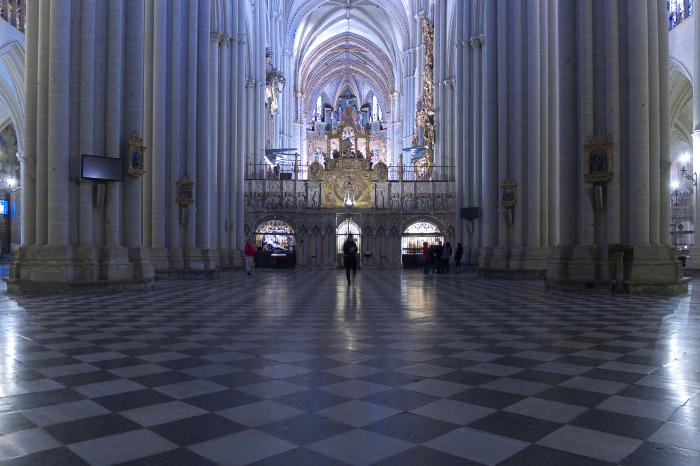
Did you know that the old cathedral of Florence was called Santa Reparata and the authorities of the time decided to build a new temple over it? Over the years the church of Santa Reparata became small for the inhabitants of the city, on it one of the largest churches in the world was built. A true gem of Gothic with its brick dome, a work of the brilliant Brunelleschi.
Why visit the Duomo Florence Cathedral?
The complex of the Cathedral of Florence is located in Duomo Square and includes the huge dome of Brunelleschi and the soaring Campanile of Giotto that next to the Battistero determine the silhouette of the city.
How to visit the Duomo of Florence Cathedral?
The entrance to the Duomo of Florence (Santa Maria del Fiore Cathedral) is free. To discover in depth the wonders that are preserved in this majestic Cathedral, we suggest you to book a guided tour. You can join a group by booking a guided tour of the Duomo of Florence, which also includes the entrance to the Giotto’s Bell Tower.
You can choose a variety of skip the line combinations to visit the Duomo Complex in Florence. For visitors interested in the entrance, you can buy the following tickets: The Opera del Duomo Museum + Baptistery of San Giovanni + the Audio Guide of the city of Florence, Giotto’s Bell Tower + the Audio Guide of the city of Florence, Brunelleschi’s Dome + the Audio Guide of the city of Florence, Terraces of the Duomo + the Audio Guide of the city of Florence.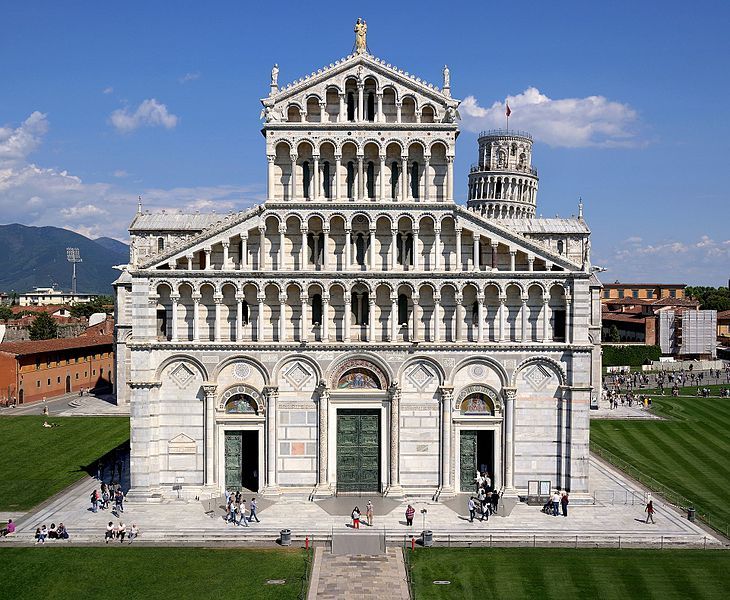
If you want to be accompanied, then you can choose from four different guided tours: Giotto’s Bell Tower + Piazza Duomo, Flash Tour of the Cathedral of Santa Maria del Fiore, “Inferno – in the footsteps of Dan Brown” Tour, Duomo Complex + Brunelleschi’s Dome. Lastly, you can take advantage of two private tours, namely, the Private Tour of Florence in one day and “Inferno of Dan Brown – walking tour with private guide”.
Other attractions in the area
The historic center of Florence is relatively small and can be easily be cover by foot. In the surroundings of the Basilica of Santa Maria del Fiore there are several attractions that can be visited and which are testimony of the cultural and artistic life of the city.
Among these attractions we have the Signoria Square (Piazza della Signoria) which is the center of the civil power of the city, here is the Old Palace (Palazzo Vecchio).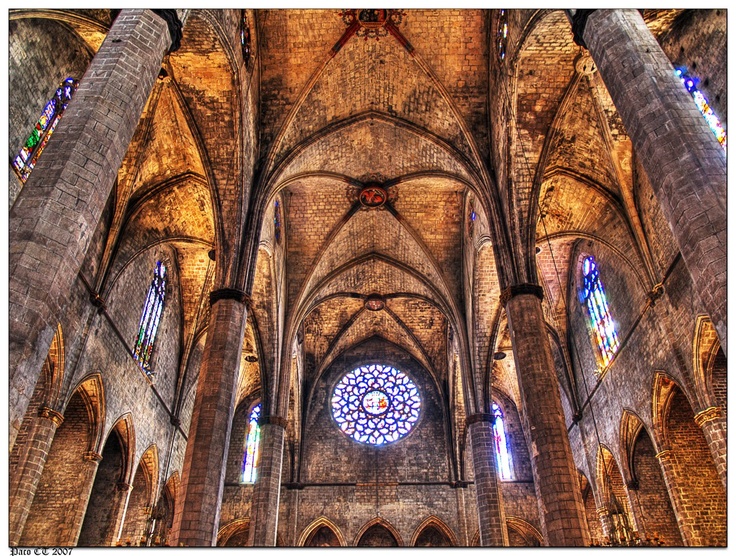
You may be interested in:
Colosseum Tickets (Rome) or la Scala (Milan)
Click for help or call
+39 055713655
Reach the museums in total comfort with our transfer service!
TRANSFER SERVICE
Book Now
The Duomo | History, Architecture, Decoration, Florence, Cathedral, & Facts
the Duomo, also called Florence Cathedral or Cathedral of Santa Maria del Fiore, Roman Catholic church in Florence, Italy.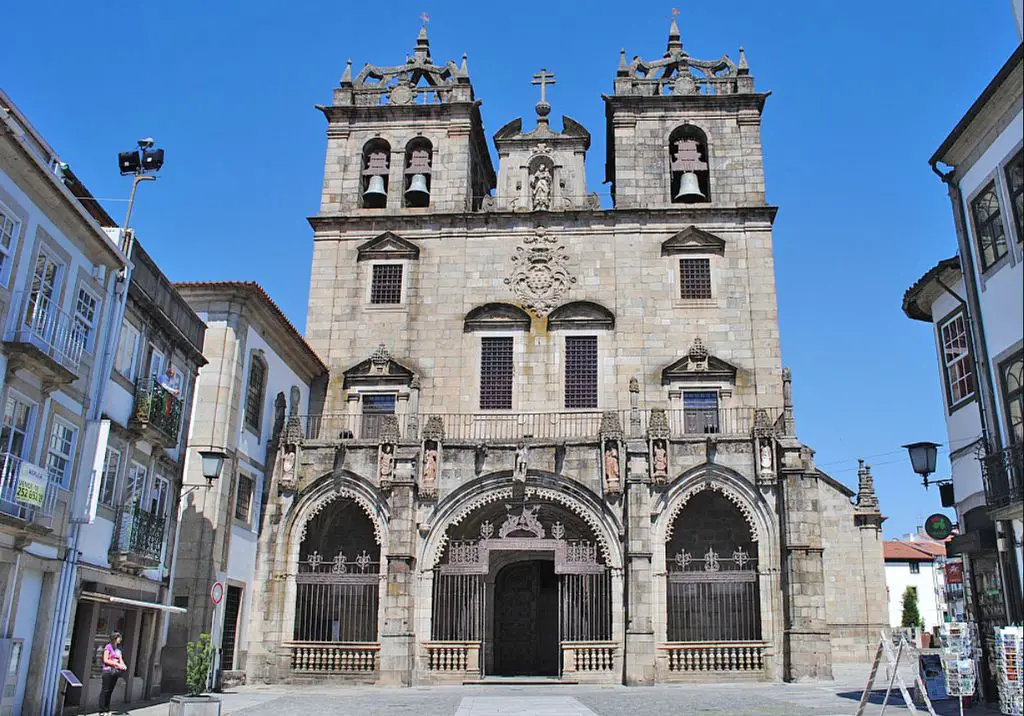
The construction of the building—built on the site of the old cathedral of Santa Reparata—was overseen by several architects, beginning with Arnolfo di Cambio in 1296. After his death the following decade, construction slowed until 1331, when the Arte della Lana (guild of wool manufacturers and merchants) assumed responsibility for the building. In 1334 the guild appointed painter and architect Giotto as master builder, assisted by architect Andrea Pisano. Following Giotto’s death in 1337, a number of architects took the lead, and plans were made to enlarge the original project and build a dome. By 1418 construction had reached the stage at which the technical problems of building a vault above the enormous dimensions of the dome had to be solved.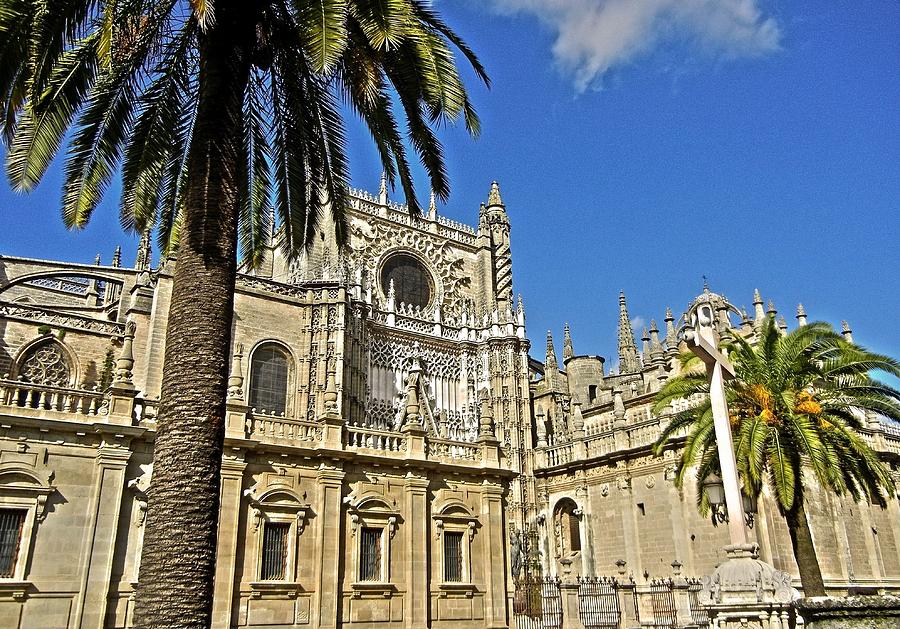
Brunelleschi’s dome consists of two layers: an inner shell spanning the diameter and a parallel outer shell to protect it from the weather and give it a more pleasing external form. Both shells are supported by 24 stone half arches, or ribs, which taper and meet at an open stone compression ring at the top. Only eight of the ribs are visible on the exterior, giving the dome an octagonal shape recalling the nearby 11th-century Baptistery of San Giovanni. To resist outward thrust, tie rings of stone held together with metal cramps run horizontally between the ribs. There are also tie rings of oak timbers joined by metal connectors. The spaces between the ribs and tie rings are spanned by the inner and outer shells, which are stone for the first 7.
By 1436 the structure was mostly realized, though Brunelleschi’s lantern, the small cupola-like structure mounted on top of the dome to admit light, was not completed until after his death. The building’s dome belongs within the Gothic tradition, as it was built with rib construction and a pointed arch form, but the introduction of a drum, which made the dome more prominent, became characteristic of the Renaissance dome. Having all but equaled the span of the Pantheon in Rome in stone, Brunelleschi was hailed as the man who “renewed Roman masonry work.
Carol KingThe Editors of Encyclopaedia Britannica
Cathedral of Santa Maria del Fiore (Duomo) Florence Italy
The most beautiful and popular landmark of Florence is the Cathedral of Santa Maria del Fiore (Duomo di Firenze), the symbol of the capital of Tuscany.
The modern traveler walking the streets near the Cathedral Square will locate Santa Maria del Fiore from afar. The soaring tower of the cathedral rises 90 meters above the ground. The huge building, masterfully decorated with stucco, is crowned with a bright red dome. This dome is like a guiding beacon, it attracts the eye, calls travelers to itself. By the way, not a single, even the widest-angle camera, can completely capture the cathedral building in the lens!
Contents
Style and history of the cathedral
The Cathedral of Santa Maria del Fiore (Italian – La Cattedrale di Santa Maria del Fiore) makes an indelible impression.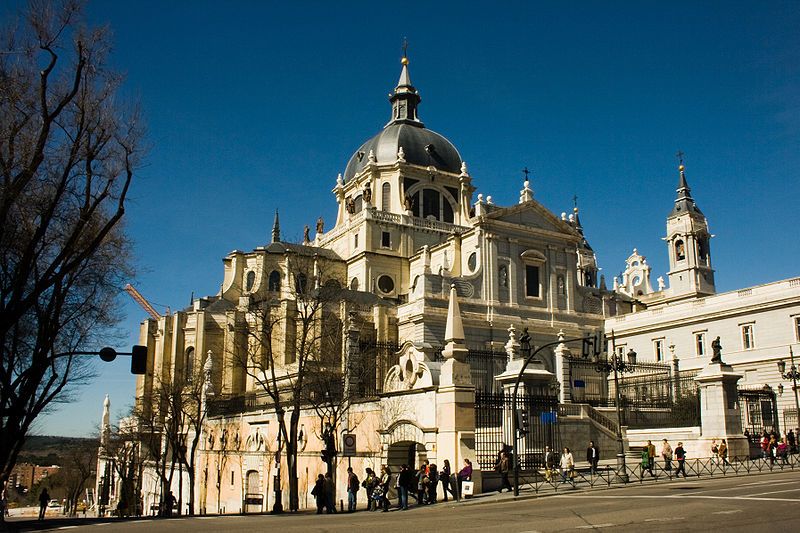
At the end of the 13th century, the Catholic Church worried about the construction of a new cathedral. In those days, Florence was developing rapidly, turning into a large city. The number of parishioners of the local church of Santa Reparata exceeded its maximum capacity. The authorities of the city were also interested in Florence being able to compete with other large cities of Tuscany – Pisa and Siena. Thus, the obsolete Cathedral of Santa Reparata sank into oblivion to make room for its successor.
The construction of the Duomo (cathedral) started in the 13th century, and the last work on the facade was completed by the end of the 19th century.

It took 6 centuries to build the Cathedral of Santa Maria del Fiore, famous for its unsurpassed dome and fascinating play of colors on the outside. As a result, the residents received a temple unique in its dimensions, its capacity is 30,000 parishioners. In fact, it is a whole square covered with the dome of the cathedral.
Construction works
Arnolfo di Cambio was elected as the architect of the cathedral. Based on the ideas of the early Italian Renaissance and the classical elements of the Gothic, the architect conceived a building of grandiose scale. The Duomo Santa Maria del Fiore was seen by the developer as a three-nave temple in the form of a cross. Moreover, the dimensions of the new cathedral exceeded the parameters of its predecessor to a large extent. The entire area, previously occupied by Santa Reparata, fit in the middle nave of Santa Maria del Fiore.
The symbolic foundation stone of the cathedral was laid in September 1296 by the envoy of Pope Boniface VIII.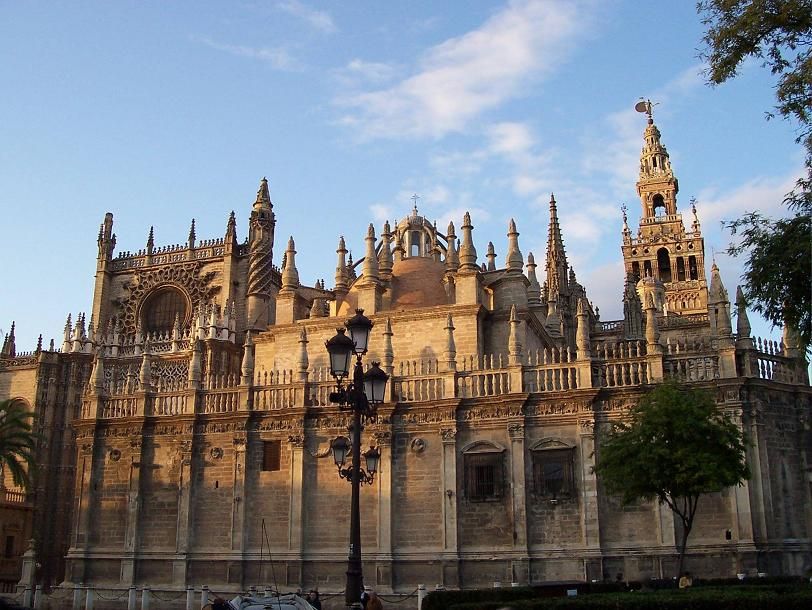
The work of this artist subsequently inspired such geniuses of art as Raphael, Michelangelo and Leonardo da Vinci. Giotto at that time worked as the chief architect of Florence. As part of his official duties, he came to grips with work on the Duomo bell tower, called Campanile (Italian Campanile) . Giotto developed the building plan for the bell tower, and also created detailed sketches for the exterior decoration of the first tier of the building.
The architect’s death in 1337 temporarily deprived the building of its main creative force. And the plague epidemic that came 11 years later completely interrupted the work.

The workers resumed their duties only in 1349 under the leadership of the architect Francesco Talenti . 10 years later it will be replaced by Giovanni di Lappo Ghini . On account of these curators is the completion of the construction of the bell tower and the final formation of the architectural image of the walls of the cathedral. At the beginning of the 15th century, Santa Maria del Fiore was prepared for a dome. In this issue, and there was the greatest snag. The vast area of the dome demanded from the builders at that time the impossible. Therefore, the problem of structural stability had to be solved by engineering.
There is an opinion that the Florentine authorities announced a competition to find a solution to the problem. On the one hand, it was necessary to come up with an ideal version of the design of the dome, and on the other hand, to solve the problem of its construction at a height of several tens of meters.
Be that as it may, the answers to the questions of interest to the builders were born in the head of the architect Filippo Brunelleschi (Filippo Brunelleschi)
The smartest Italian husband accurately calculated the parameters of the octagonal tower and the elongated spire. He also invented and implemented a number of mechanisms that make it possible to raise entire sections of the dome to a great height. In order to stabilize the structure, Brunelleschi ordered to be fitted with 24 vertical stiffeners and 6 horizontal rings . This frame still keeps the Duomo dome intact, the total weight of which is about 37 thousand tons .
Work on the dome was carried out from 1410 to 1461. As a final architectural touch, Filippo Brunelleschi provided a lantern tower (lantern) crowning the dome of the Cathedral of Santa Maria del Fiore.
In the 16th century, a real scandal arose around the cathedral. A solid part of the work related to the exterior of the Duomo was put up for competition. However, various nobles and officials tried to warm their hands on the contestants. As a result, construction activities were delayed until mid-19century.
Ultimately, the design of the cathedral from 1876 to 1887 was carried out by the Italian architect Emilio de Fabrice . The patterns he invented still adorn the facades of Santa Maria del Fiore. A special find of de Fabris is a polychrome facing marble. This material makes the cathedral “play” with colors: white, smoothly flowing into gray, green and pink tones.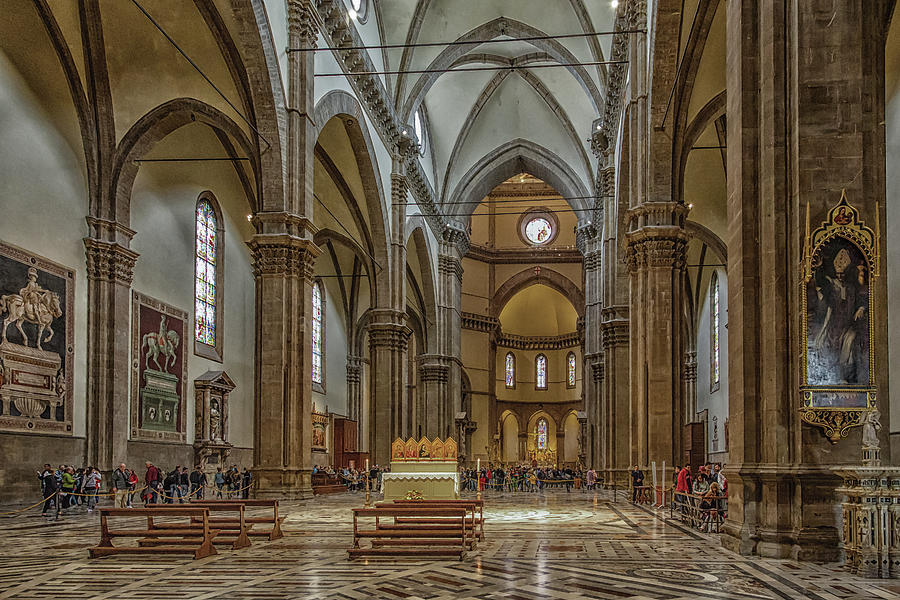
The lancet arches of the façade are decorated with frescoes dedicated to the life of Our Lady. Above the main entrance to the cathedral is the infant Christ, seated on a throne with the Mother of God. This bas-relief is surrounded by statues of twelve preachers. Just above the portal with statues, the facade is decorated with a huge openwork window. The space around the window contains stucco medallions depicting famous residents of Florence. Of great interest are the three bronze doors guarding the entrance to the cathedral.
Interior decoration of the Cathedral
The richness of the exterior decoration of the Cathedral of Santa Maria del Fiore, as well as its size, makes an incredible impression on travelers. Once inside, the visitor will be confused. The lace pattern of the exterior decor gives way to the laconic interior decoration of the Catholic church. During the reign of Lorenzo de Medici the Magnificent, Dominican priest Girolamo Savonarola preached in the Duomo.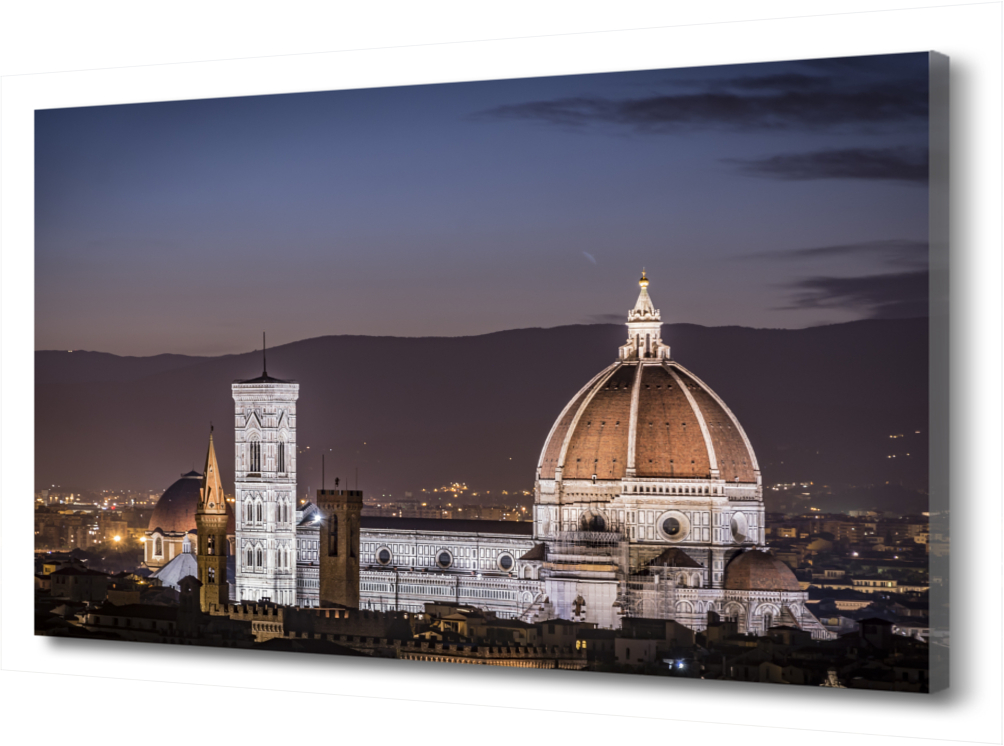
The vaults of the cathedral are decorated with frescoes from the 15th century depicting the Florentines who made a great contribution to the life of the city, country and church. These include compositions dedicated to Dante Alighieri, Giovanni Acuto, Nicolo da Tollentino . In addition, busts of work by Arnolfo di Cambio, Giotto di Bondone, Brunelleschi, Emilio de Fabrice have been preserved.
The most important relic of Santa Maria del Fiore is the urn with the relics of St. Zenobius of Florence , discovered in the ruins of the church of Santa Reparata in the 14th century. An unusual decoration of the cathedral is the clock created by Paolo Uccelo in 1443. The highlight of the chronometer is that its hands rotate in the opposite direction.
It is simply impossible to ignore the amazing stained glass windows of the Duomo.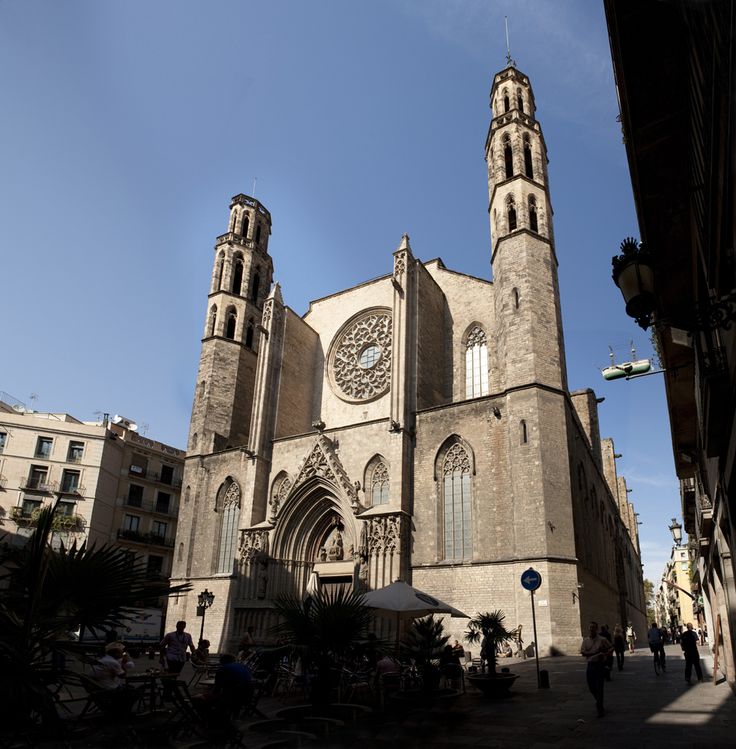
Having enjoyed the energy emanating from the frescoes, stained-glass windows and sculptures located in the walls of the cathedral, it is enough to lift your eyes up to experience a new surge of admiration. The vast dome of the Duomo was masterfully painted in the second half of the 16th century by the artists Giorgio Vasari and Federico Zuccari.
The painting has a multi-tiered structure and is dedicated to the Last Judgment. The lowest ring is reserved for deadly sins and the inhabitants of Hell, led by the Antichrist. The subsequent rings, going up to the lantern, depict saints, the elders of the apocalypse, heavenly angels, the Mother of God and good deeds. The image of Satan is the antagonist of the bright figure of Christ.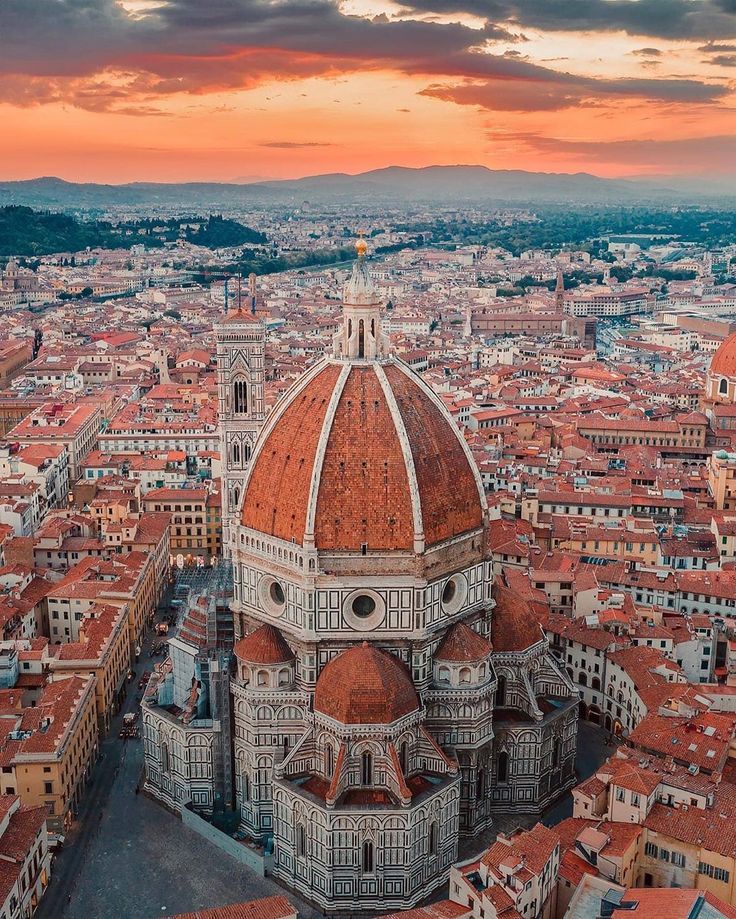
Museum of the Opera di Santa Maria del Fiore
Most of the items that once decorated the interior of the cathedral were gradually moved to the Duomo Museum (Museo dell’Opera di Santa Maria del Fiore), located on the Cathedral Square. The room that served as the workshop of the architect Brunelleschi, in 1891 year opened as a museum at the cathedral. Museum visitors will be able to admire the design drawings of the dome, as well as models created by Brunelleschi himself. The magnificent choirs that served as choirboys of the cathedral in the 15th century also find their home in the museum.
The extensive collection of sculpture exhibited at the Duomo Museum deserves special mention. Includes:
- An excellent selection of Florentine sculptures dating back to the 16th century.
- The statue “Penitent Mary Magdalene” (15th century) earlier, which adorned the Baptistery of the Cathedral.
- “The Prophet Habakkuk” (15th century) by Donatello was moved to the museum from the bell tower;
- Statue dedicated to Pope Boniface VIII by Arnolfo di Cambio – removed from the façade of the cathedral.
- as well as the unfinished work of the great Michelangelo Buonarroti, Pieta.
Baptistery of San Giovanni
The complex of the Cathedral of Santa Maria del Fiore also includes a baptistery (Battistero di San Giovanni), in other words, a place for baptism. It is made in the form of a separate building, standing near the Duomo on the Cathedral Square. The baptistery bears the name John the Baptist (Italian: San Giovanni Battista) , and is the most ancient building on the square. The date of its construction is lost in the 5th century AD. The squat hexagonal building is made in the Romanesque style, and it received its modern look in the 12th century. Inside the baptistery, you can admire the golden dome, painted with the faces of Christ, saints, and scenes from the Bible.
Of particular interest are the bas-reliefs that adorned the gates of the baptistery in the 13th-15th centuries. They depict John the Baptist and the Basic Virtues.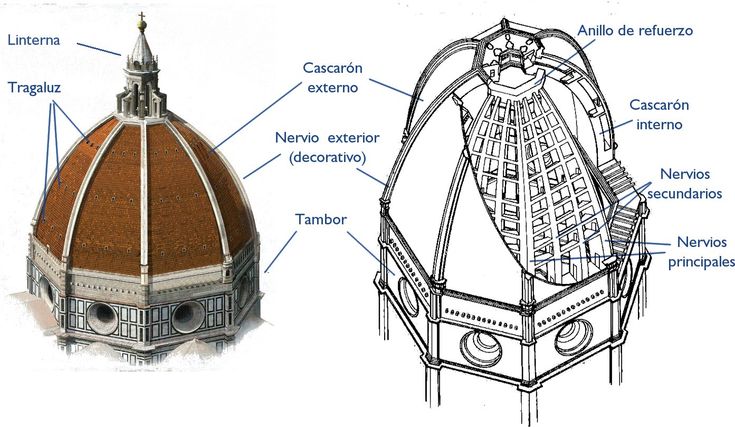
Santa Maria del Fiore in numbers
If you look at the Duomo from a bird’s eye view, then it will be clear that its shape is a Latin cross, with a vertical of 153 meters, and a transept (the width of the cross ) – 90 meters. The height of the inner arches reaches 23 meters. And the highest point of the cathedral is a bronze ball, at the tip of the dome – 90 meters. Capacity – 30 thousand people. A total of about a dozen architects worked on the construction of the building, and the duration of the work reached 6 centuries.
Separately, it is worth reading the parameters of the amazing Duomo dome:
- its diameter is 42 (!) meters;
- weight – 37 thousand tons;
- the number of bricks is about 4 million pieces.
Given all these data, we can safely say that the Duomo Santa Maria del Fiore is one of the largest and most impressive temples in Europe!
Practical information
How to get there
The Cathedral of Santa Maria del Fiore is located in the Italian city of Florence at the address: Cathedral Square (Piazza del Duomo), building number 17.
Find a hotel near the Duomo
Getting to the cathedral is not difficult, because it is located in the city center and is the most famous landmark in Florence. Any bus going to Cathedral Square will do.
Opening hours of the cathedral
- Monday, Tuesday, Wednesday, Friday – open from 10:00 to 17:00;
- Saturday – from 10:00 to 16:45;
- Sunday – from 13:30 to 16:45.
You can admire the dome of the cathedral:
- all days except Saturday – from 8:30 to 19:00;
- Saturday – from 8:30 to 16:40.
Opening hours of the museum
- all days except Sunday – from 9:00 to 19:00;
- Sunday – from 9:00 to 13:45.
Ticket prices
You can enjoy the beauty of the interior of Santa Maria del Fiore by purchasing a single ticket in advance for 18 euros, which is also valid for climbing the dome (advance booking is needed), visiting the Duomo Museum and the Baptistery.
The current ticket price and opening hours can always be checked on the official website www.museumflorence.com, which is available in Italian and English.
For children aged 3 to 11, the ticket price is 3 euros. Tickets are valid for 72 hours, each attraction can be visited once.
You can also get to the cathedral free of charge after standing in line for about 2 hours.
Alternatives:
Skip the line access to the dome as part of a group tour in English, duration 1 hour, cost 40 euros per person, start time 10:00 or 14:00.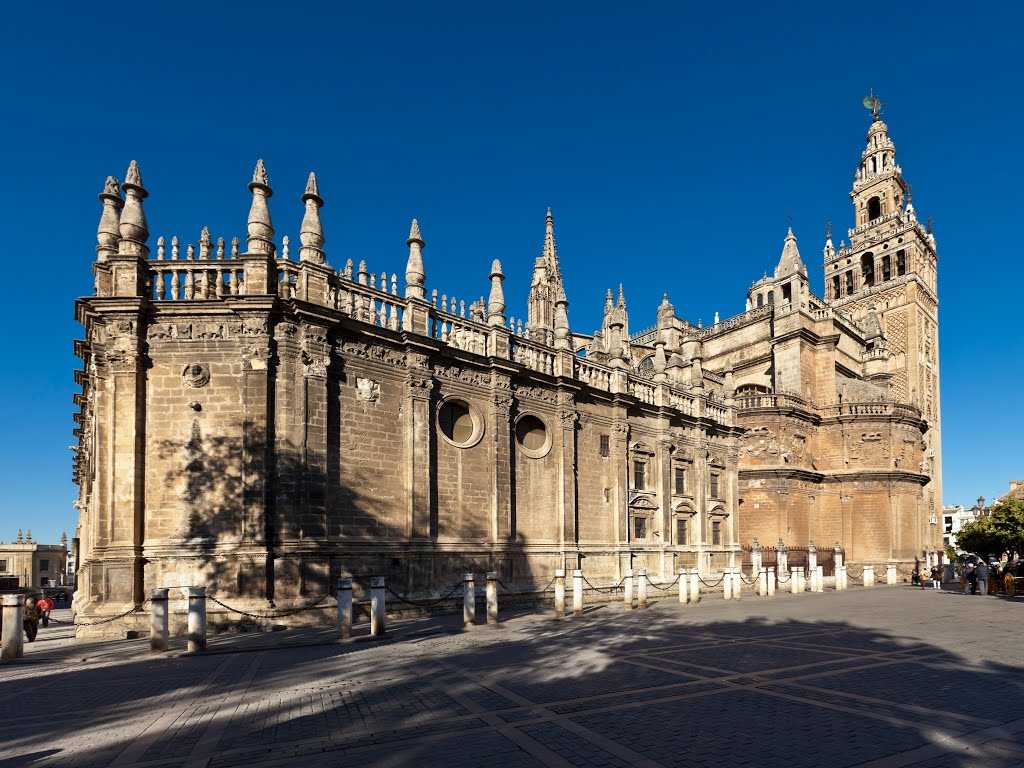
Take the time to explore the Cathedral Square and visit the Cathedral of Santa Maria del Fiore all day long. The external beauty and colossal historical value of the Duomo create an indescribable atmosphere of belonging to something eternal.
If you want to fall in love with the beauty of Florence with the Italy team for me, we invite you to our author’s excursions.
Cathedral of Santa Maria del Fiore in Florence: description, opening hours
Home » Sights » Cathedrals and churches
Contents
- 1 History of the Cathedral of Santa Maria del Fiore
- 2 Architecture of the Cathedral
- 2.1 Facade
- 2.2 Main entrance
- 2.3 Brunelleschi’s Dome
- 3 Interior
- 4 Cathedral Crypt
- 5 Duomo Museum
- 6 Practical information
- 90 91119 6.
1 6.2 Ticket prices
- 6.3 How to get there?
Italy is rich in various historical monuments, museums, palaces and cathedrals. You can add mild climate, gourmet cuisine and local color to this list, and a trip to this European country will turn into a real holiday and will remain in your memory for a long time. If you do not know where to start sightseeing in Italy, then it is recommended to see the famous Cathedral of Santa Maria del Fiore in Florence.
History of the Cathedral of Santa Maria del Fiore
If we turn to the history of the creation and construction of the cathedral, it began thanks to the efforts of the Catholic Church in the 13th century. In those days, Florence was one of the largest cities in Tuscany and could compete with Siena and Pisa. The Cathedral of Santa Reparatta, built back in the 4th century on the site of the ruins of an ancient Roman temple, ceased to meet local requirements, and the number of its parishioners exceeded the maximum capacity.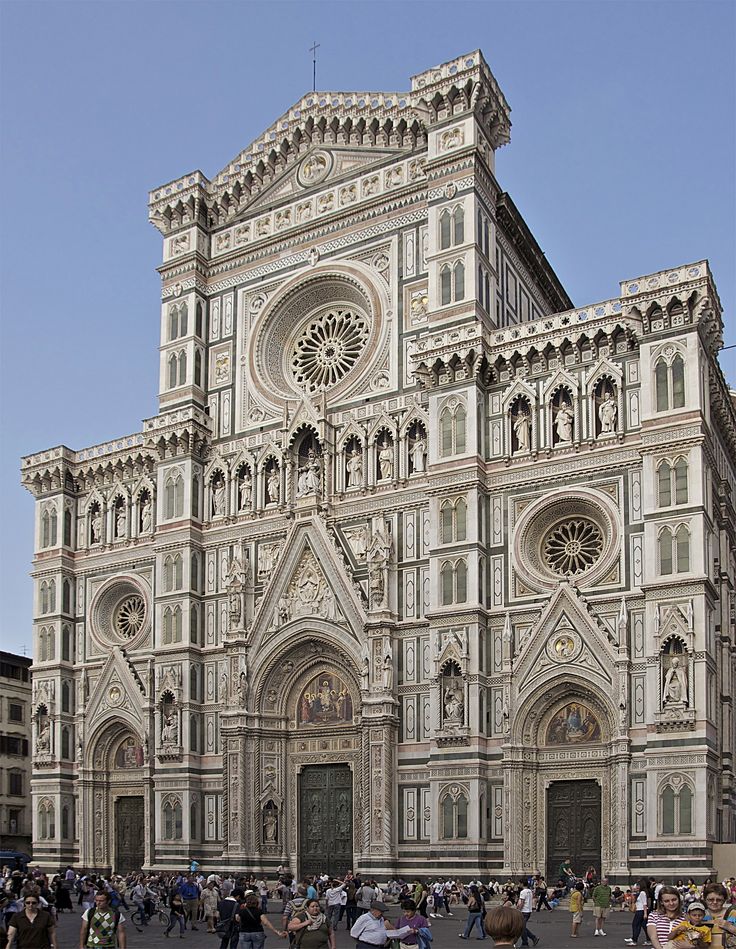
The construction of the Cathedral of Santa Maria del Fiore dates back to 1296; the guild of arts commissioned it to Arnolfo di Cambio, the greatest Tuscan architect. He conceived a building of truly grandiose scale, based on classical elements of Gothic, Norman architecture and the early Italian Renaissance. The architect saw the building as a three-nave temple in the shape of a cross, although the erection of an octagonal dome supported by pillars had not yet been thought out.
After the completion of the construction of the central and side aisles, the octagonal drum in 1302, the famous architect died suddenly, after which the construction of the largest Florentine cathedral was suspended for almost 30 years.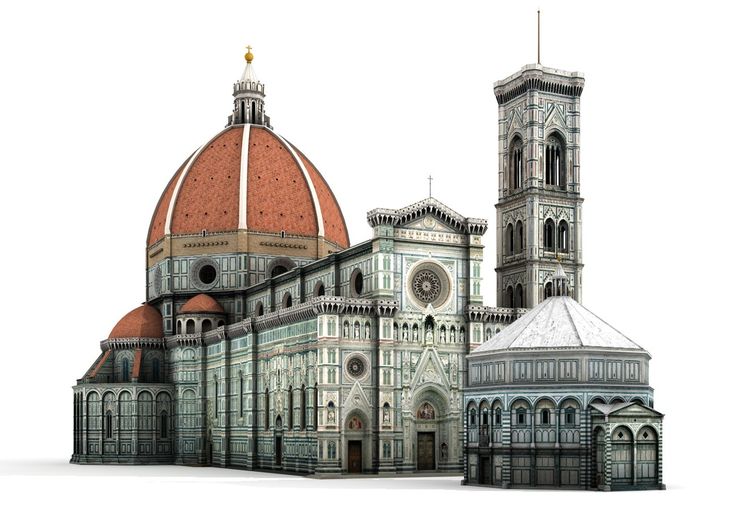
However, this master did not wait for the completion of the project and died in 1337, but his work was continued for the next 10 years and allowed the grandiose building to grow to vaults. The construction of the cathedral took a total of 100 years and was carried out by different generations of craftsmen.
For a long time the building stood without a dome, as the architects only then thought about how to crown such a huge cathedral with a dome at a great height. In 1418, a competition was announced for the best design of the dome, in which Filippo Brunelleschi won. According to the project, an octahedral shape of the dome was already predetermined, the drum of which rested on pillars, but it has not yet been erected.
Thus, Brunelleschi became the creator of the legendary and largest octagonal dome in the world, which was based on no wooden support.
This building has become a kind of link between the medieval Gothic and the new era of architecture – the Renaissance. Despite the incompleteness of construction, the temple was consecrated by the Pope, and was fully completed only in the 19th century.
Cathedral architecture
In general, the architectural complex of the building includes a bell tower, the baptistery of John the Baptist and a museum. Architecturally interesting are such details of the Duomo (Italian Cathedral) as its dome, created by Brunelleschi, the outer wall cladding, which is distinguished by a combination of panels of different shades, and the campanile, made in the form of a 4-tiered tower without supporting pillars.
Facade
The original façade of the Duomo, begun by Arnolfo di Cambio, was destroyed in 1587.
The overall appearance is complemented by the bell tower, which is decorated with medallions with biblical scenes, various statues and niches. This object is of no less interest to visitors than the famous dome. The Duomo complex also includes a baptistery (Baptistery), which is distinguished by a golden painted dome and ancient Roman mosaic drawings.
Central entrance
The main entrance is a separate architectural composition and a masterpiece of Neo-Gothic art. The main gate, which serves as the entrance to the building, is made of bronze and decorated with unique compositions on the theme of the life of the Virgin.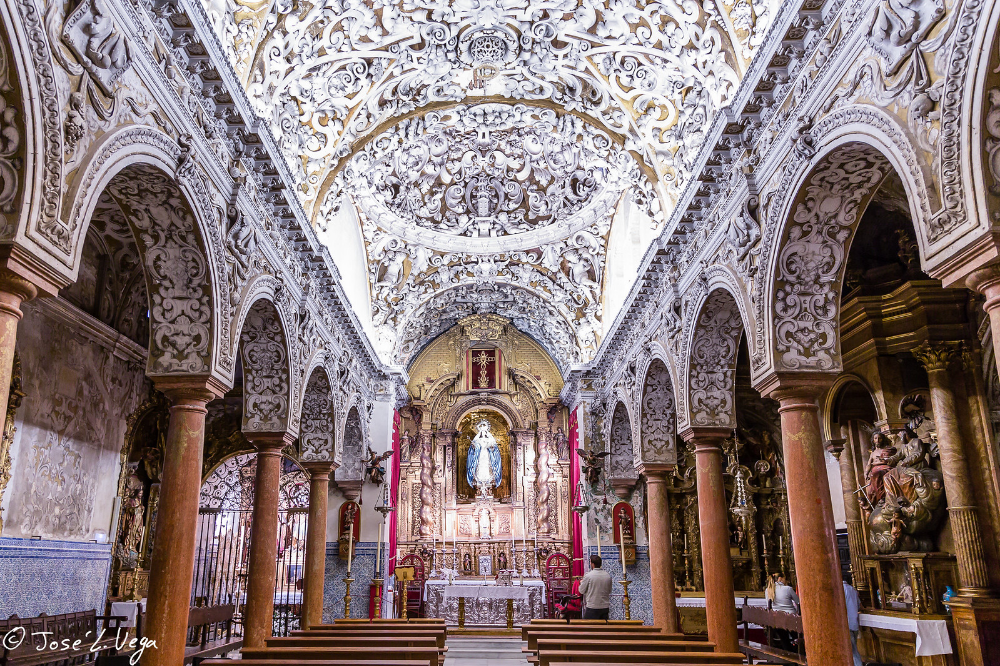
The front part of the entrance is decorated with a bas-relief of the Mother of God seated on a throne with the baby Jesus, and the arch with a fresco depicting the Madonna with a lily in her hand. Part of the façade above the statues is adorned with a large patterned window in the form of a rose, bordered by relief medallions of honorary citizens of Florence.
Brunelleschi Dome
The dome of Santa Maria del Fiore is considered to be a symbol of the beginning of the early Italian Renaissance, because it was the first bulky structure made without the use of supporting pillars and auxiliary log cabins. It took 15 years to create the dome, over time it has become a kind of symbol of Florence, as it can be seen from almost anywhere in the city. Dome height is 90 meters, and its inner diameter is 42 meters. 8 main ribs of the dome are interconnected by 6 horizontal rings and converge at an angle of 60 degrees to a lantern 21 meters high. You can get to the observation deck of the dome by passing 463 steps of a narrow staircase.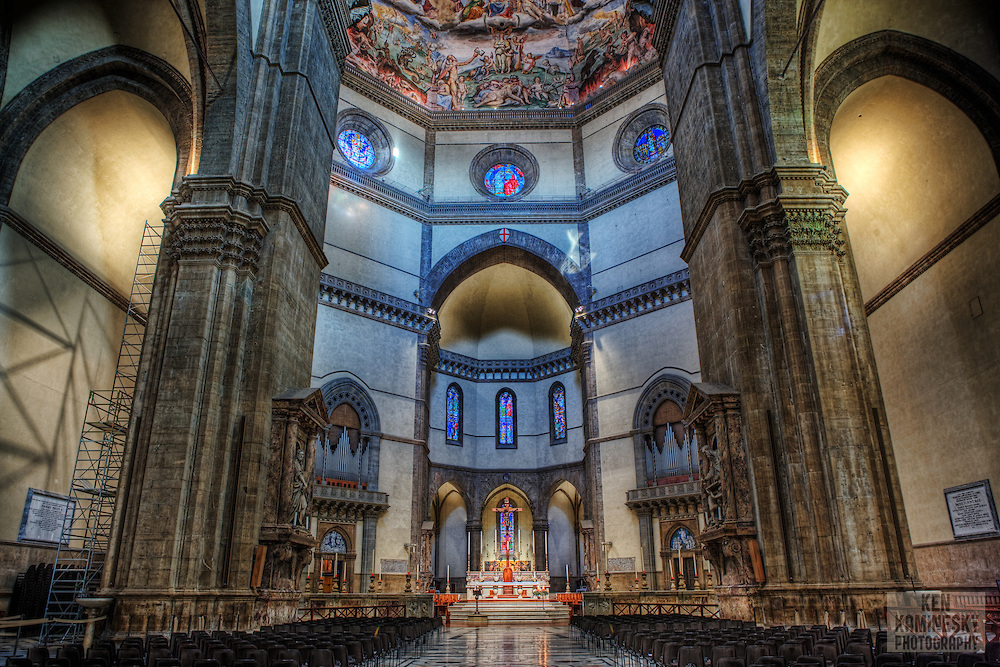
A unique creation of the genius of architecture, created without fittings and crowned with an elegant light lantern, has become a real symbol of Florence, which adorns all the tourist guides of this city.
Interior decoration
The unique facade and impressive dimensions of the building attract thousands of tourists, but the interior of the cathedral leaves a special impression. The building is made in the form of a Latin cross, which has 2 side transepts, three naves and semicircular apses. The dimensions of the building are really very impressive, because the height of its arches reaches 20 meters, while the height of the entire building is 90 meters, the cathedral is almost 90 meters wide, and more than 150 meters long. The capacity of the building is 30 thousand people, and sometime before the appearance of Milan and other cathedrals, it was considered the largest in Europe.
The interior of the building cannot leave anyone indifferent, because it is the creation of the most skillful sculptors and artists of its time.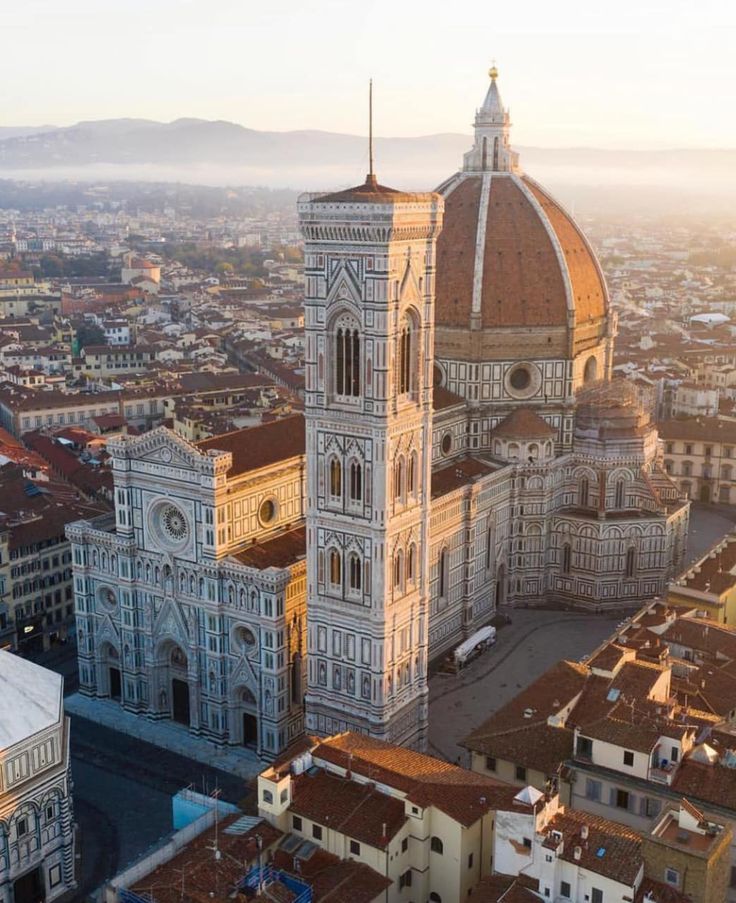
A special place in the interior decoration is occupied by the clock, the creation of which by the Italian painter Uccello dates back to 1443. Their distinguishing feature is the movement of the arrows from right to left. Such unusual clocks can be found on the town hall in the Czech capital of Prague.
In addition, tourists will be attracted by a large number of “divine” frescoes – from a story from the life of the Virgin Mary to a tympanum with a bas-relief depicting the Heavenly Father over a series of busts of artists. Particularly noteworthy are the colored marble mosaic floors of the 16th and 17th centuries, which were created by the architects Baccio, Francesco de Sangallo, Giuliano d’Agnolo and others.
According to Brunelleschi’s plan, the dome was originally supposed to be covered with gilding from the inside, but later it was decided to limit it to whitewashing.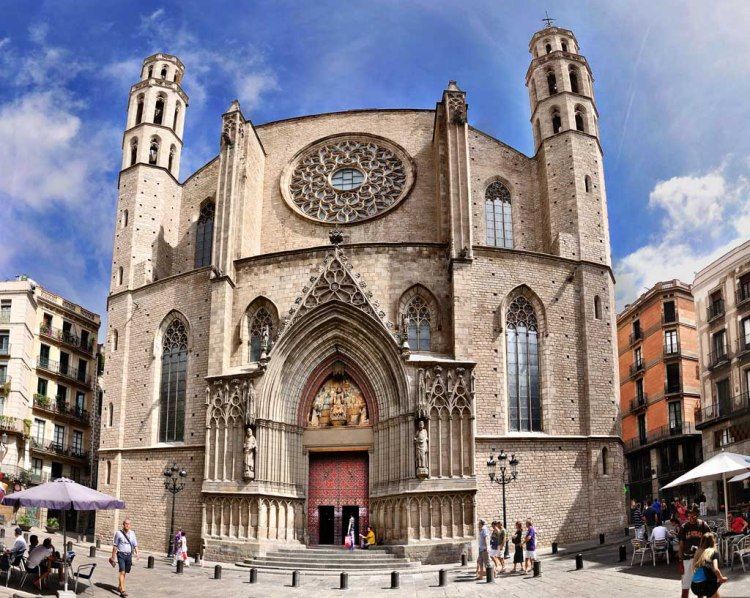
Cathedral Crypt
The crypt or crypt of the cathedral keeps the secrets of the events that accompanied the construction and further life in the temple. Here you can even see the ancient remains and the model of the previous temple of Santa Reparatta, which smoothly flow into the mosaic decoration of Santa Maria del Fiore. In the crypt there are simple graves of Filippo Brunelleschi, Giovanni Medici, as well as a bronze shrine with the relics of Zenobius of Florence, the sarcophagi of Conrad II – one of the kings of medieval Italy and Germany, some popes and one of the leaders of the Proto-Renaissance – Giotto. The entrance to the crypt is available for tourists with a paid ticket.
Duomo Museum
Museum of the Cathedral of Santa Maria del Fiore, located in the Cathedral Square and opened in 1891, is made up of items that at one time or another decorated the interior of the building.
Practical information
Today, the Duomo is able to accommodate up to 30 thousand people during the service. Of particular importance for tourists is the ascent to the observation deck, which offers a magnificent view of the city of Florence, while you have to climb on your own – there is no elevator.
Opening hours of the cathedral and museum
The Cathedral of Santa Maria del Fiore and its museum can be accessed according to the following schedule:
- Monday, Tuesday, Wednesday, Friday – from 10:00 to 17:00.
- Thursday – from 10:00 to 16:00.
- Saturday – from 10:00 to 16:45.
- Sunday – from 13:30 to 16:45.
The Observation Deck operates according to the following schedule:
- Monday to Friday from 8:30 to 19:00.
- Saturday – from 8:30 to 17:00.
- Sunday – from 13 to 16:00.
Ticket prices
Entrance to the cathedral is free, although in order to get inside, you have to wait in a long line of people wishing to visit the cathedral and its observation deck. The entrance to the underground crypt, dome and bell tower is carried out for a relatively small fee of 15 euros, for children aged 6-11 years this ticket costs 3 euros.
Attention! The ticket is valid for 48 hours, so you can get inside and admire the city view at any convenient time of the day.
How to get there?
To get to the Duomo from the airport, you can use the Vola in bus shuttle, which will take you to the station. Getting to the cathedral from Santa Maria Novella station, you need to get off at via Panzani and turn onto via Cerretani.

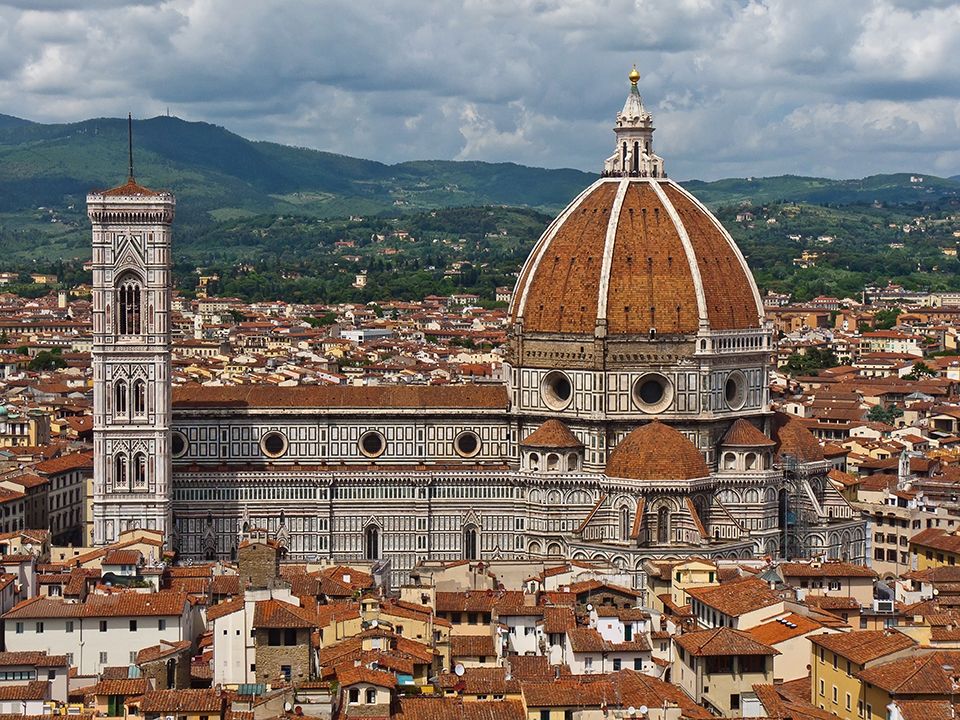

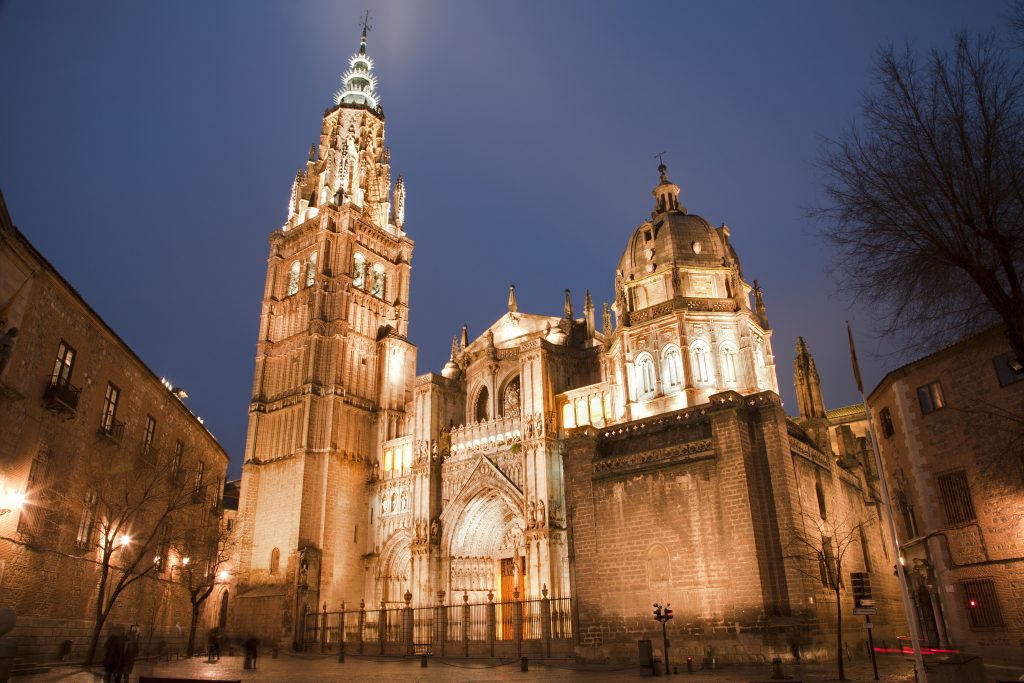 Be that as it may, the answers to the questions of interest to the builders were born in the head of the architect Filippo Brunelleschi (Filippo Brunelleschi)
Be that as it may, the answers to the questions of interest to the builders were born in the head of the architect Filippo Brunelleschi (Filippo Brunelleschi) 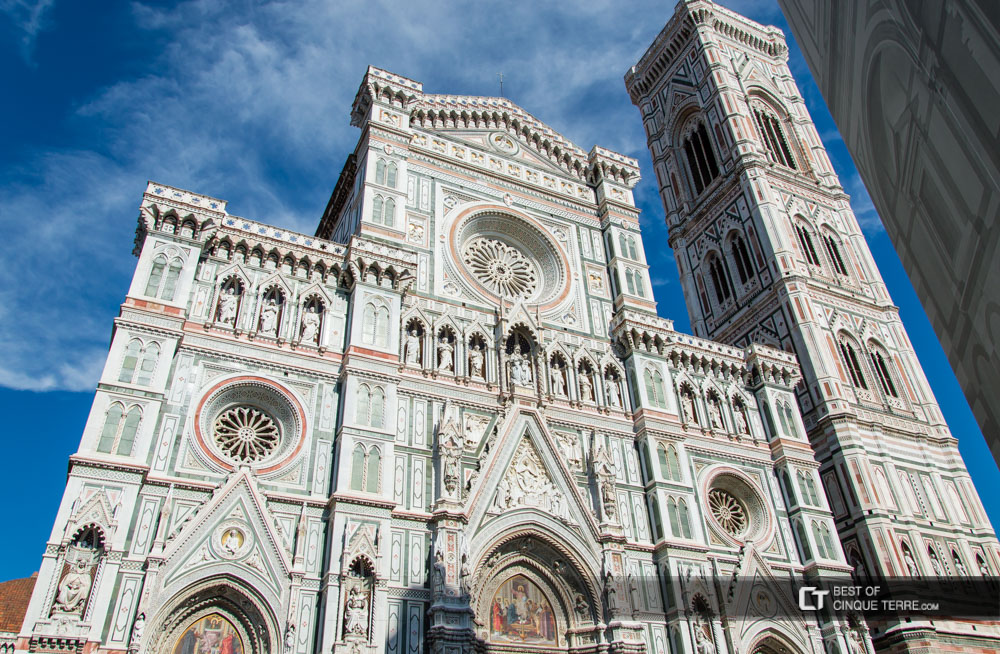

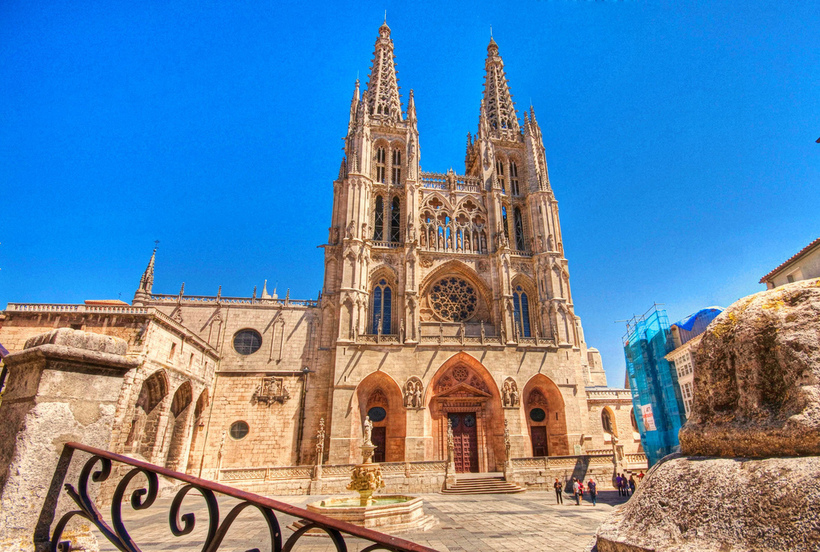
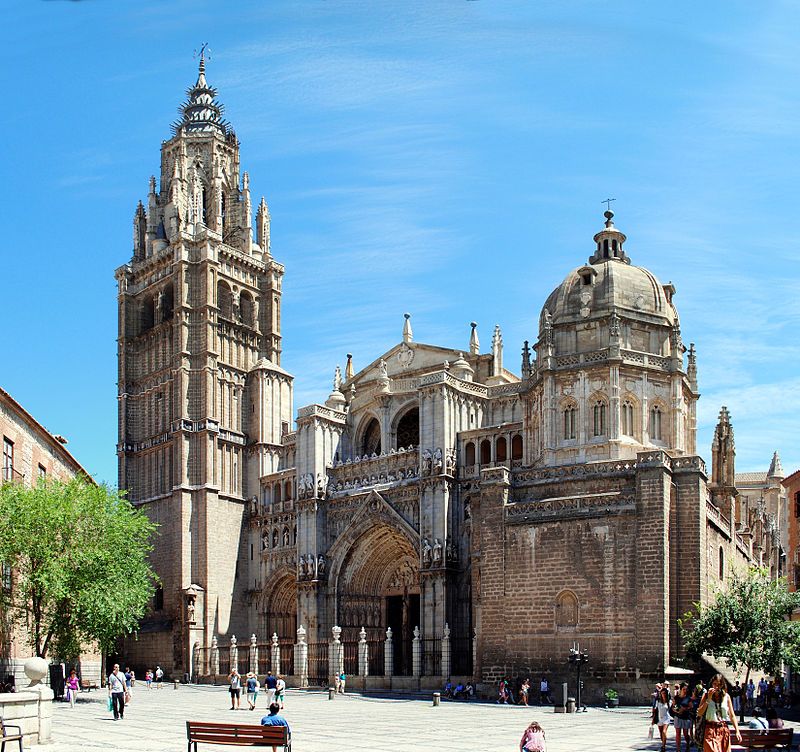 1 6.2 Ticket prices
1 6.2 Ticket prices 